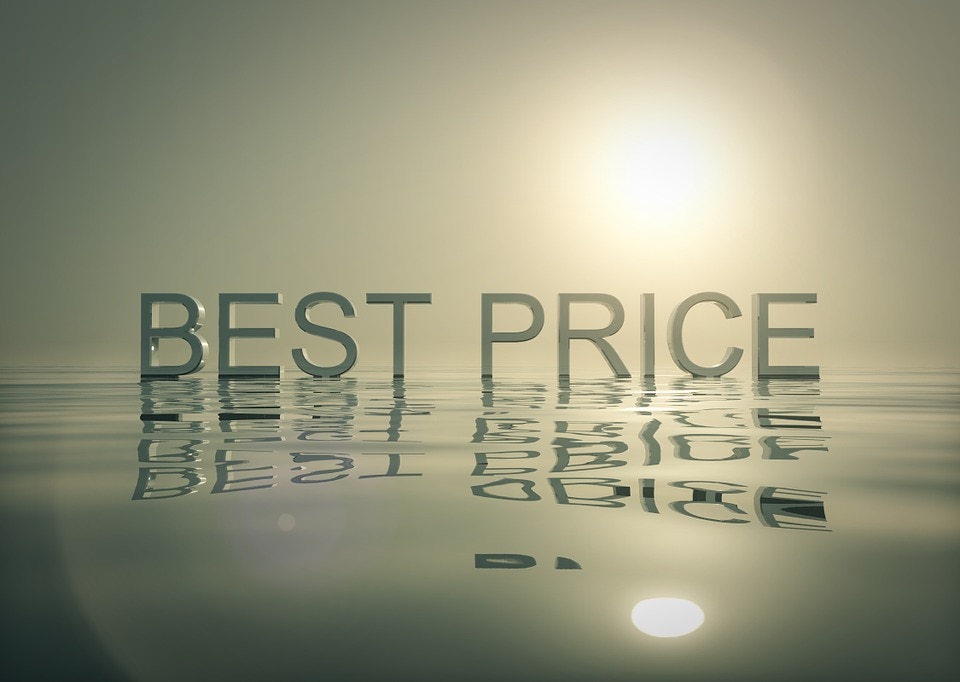Many small businesses choose to start selling on Amazon Seller Central because it boasts a wraparound solution for e-commerce and supply chain management. While it is true that Amazon provides end-to-end services for its sellers, businesses that are new to the game often find themselves drowning in a sea of new terminology and jargon. Examples of confusing abbreviations include:
- Stock Keeping Unit (SKU)
- Amazon Standard Identification Number (ASIN)
- European Article Number (EAN)
- Universal Product Code (UPC)—also referred to as the UPC code
This blog demystifies Amazon SKUs and provides clarity around what they are used for and what to consider when creating them. Keep reading to gain a better understanding of Amazon SKUs and how to use them, so you can become a more effective and organized Amazon seller. Or, use the links below to go directly to a specific section.




